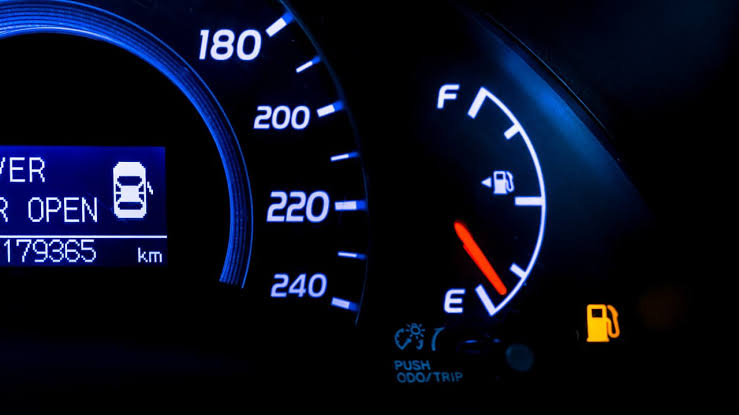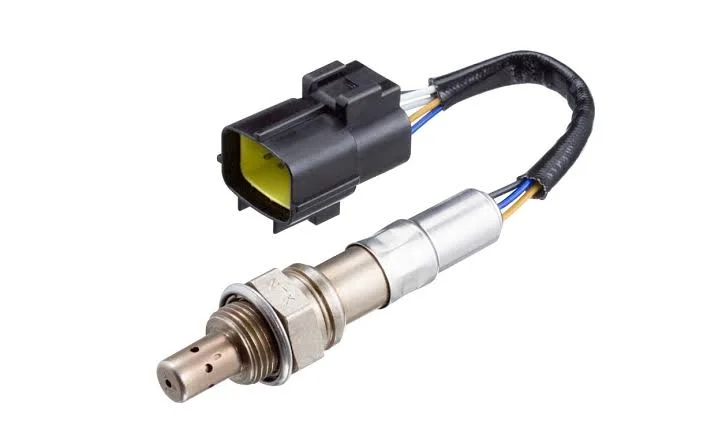A single faulty component the size of a spark plug can cost you hundreds of dollars in wasted fuel every year.
The EPA reports that replacing one failing oxygen sensor can improve fuel economy by up to 40 percent, that's nearly half your gas money disappearing into thin air because of a $50 part!
"My car's running fine, it'll get me where I need to go," you might say when that check engine light flickers on. But your oxygen sensor doesn't care about your confidence. It's silently sabotaging your wallet while you drive.
The Hidden Fuel Thief
Your oxygen sensor sits in your exhaust system, constantly measuring the oxygen content in your exhaust gases. Think of it as your engine's nutritionist, telling the computer exactly how much fuel to mix with incoming air. When this sensor fails, your engine becomes like a person eating blindfolded, consuming way more than necessary.
Data from Bosch automotive testing reveals the stark reality: a degraded oxygen sensor increases fuel consumption by 15% minimum. For a vehicle rated at 25 mpg, that drops you to roughly 21 mpg. Drive 15,000 miles annually? You're burning an extra 195 gallons of fuel, that's three additional fill-ups you shouldn't need.
How This Tiny Component Controls Your Fuel Bill
Your car's computer relies on oxygen sensor feedback to achieve the perfect air fuel mixture. When the sensor detects low oxygen in exhaust (rich mixture), the computer reduces fuel injection. High oxygen readings (lean mixture) trigger increased fuel delivery.
A failing sensor sends garbage data to your engine's brain. The result? Your engine runs rich, dumping excess fuel through the exhaust system. You're literally burning money and pumping it out your tailpipe.
"I know my car," drivers often insist when mechanics suggest oxygen sensor replacement. But your car knows better than you do, and it's trying to tell you through decreased performance and increased fuel consumption.
The Real Cost of Ignoring This Warning
Let's crunch the numbers that'll make you wince. Using current fuel prices averaging $3.50 per gallon:
- Normal consumption (15,000 miles, 25 mpg): 600 gallons = $2,100 annually
- With faulty O2 sensor (21 mpg): 714 gallons = $2,499 annually
- Extra cost: $399 per year
Over three years, ignoring a bad oxygen sensor costs you nearly $1,200 in wasted fuel. Meanwhile, replacement runs $150-$300 depending on your vehicle.
Three Warning Signs Your Oxygen Sensor Is Failing
- Fuel Economy Nosedives Gradually Unlike sudden mechanical failures, oxygen sensors deteriorate slowly. You might not notice the gradual increase in gas station visits until you calculate your actual mileage.
- Check Engine Light Appears Modern vehicles have multiple oxygen sensors. When one fails, your onboard diagnostics will flag it. Don't ignore this warning, it's your car's way of preventing expensive damage to the catalytic converter.
- Rough Idle or Poor Performance A failing sensor disrupts the air fuel balance, causing engine hesitation, rough idling, or sluggish acceleration. These symptoms often accompany decreased fuel economy.
What Kills Oxygen Sensors
- Poor Engine Combustion: Worn spark plugs or dirty injectors create incomplete combustion, contaminating the sensor with carbon deposits.
- Engine Oil Consumption: Worn piston rings allow oil into the combustion chamber. Oil contains phosphorus and zinc that poison oxygen sensors.
- Coolant Contamination: Coolant leaks introduce silicates that coat sensor elements, rendering them useless.
The Professional's Replacement Strategy
Don't fall for the "replace all sensors at once" upsell unless diagnostic testing confirms multiple failures. Modern scan tools can identify which specific sensor is malfunctioning.
Quality matters enormously here. OEM or premium aftermarket sensors last 100,000+ miles. Cheap sensors fail within 30,000 miles, making them expensive in the long run.
"It's still starting up fine," you might rationalize about that check engine light. But starting isn't the problem, efficiency is. Your engine will run with a bad oxygen sensor, but it'll cost you dearly at the pump.
Your oxygen sensor represents the difference between optimal fuel economy and throwing money away with every mile. At 15% fuel consumption increase, you're essentially paying for gas you're not using. The EPA's 40% improvement figure for replacing faulty sensors isn't marketing hype, it's documented fact.
Replace oxygen sensors every 60,000 miles as preventive maintenance, or immediately when diagnostic codes appear. Your wallet will thank you, and your engine will run cleaner and more efficiently.
The next time someone tells you their car "runs fine" with a check engine light, you'll know they're volunteering to subsidize oil companies while shortening their catalytic converter's life. Don't be that driver.


Comments (0)
Please login to join the discussion
Be the first to comment on this article!
Share your thoughts and start the discussion